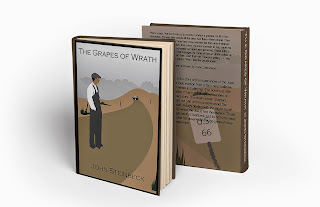Anatomy of a layout: Can be anything from magazine spread to website and are is built by manipulating the values of margin, column counts and their width, gutter space, and horizontal guides.
 Hierarchy:
Hierarchy: is achieved through the proper and conscious implementation of visual prompts that emphasize significant content with in the design while gradually minimizing the attention needed for other elements a design without hierarchy is flat and unmemorable.
 White Space:
White Space: Technically negative space, enables hierarchy and pacing by allowing the end user to rest while navigating the design or by isolating an element that demands attention.
 Contrast:
Contrast: how the elements contrast within the layout, and how the layout itself contrasts with in its context. Permits the design to make one or more points of distinction, this allows the end product to stand apart in its surroundings.
 Color:
Color:
 Color Palette:
Color Palette: can be used to pair two colors and can be used as a complex system of multiple colors broken down by primary and secondary sets of color ranging in the dozens.
 Gradient:
Gradient: provides a sense of depth, texture, and movement beyond what flat color can achieve.
 Color Rendition:
Color Rendition: the difference between CMYK and RGB models depend on medium, Screens rely on RGB while CMYK is used for print because paper absorbs color. There are also options such as spot color which are most precise by using color matching systems like Pantone and grayscale/single color.






















































